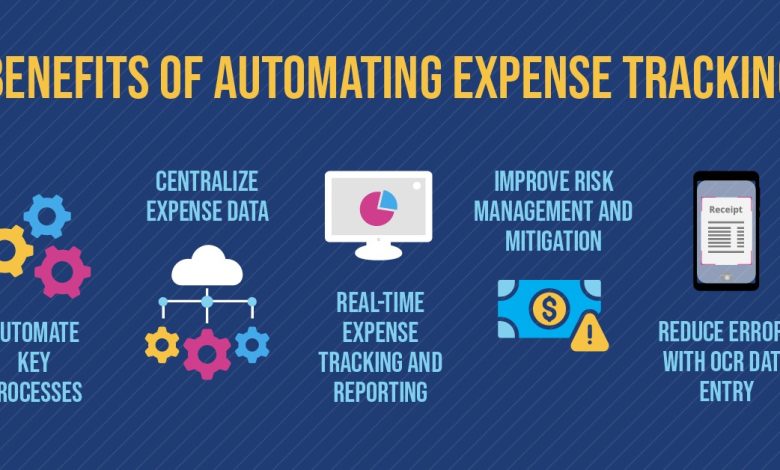Automating Expense Tracking and Reporting with Management Systems

Introduction
The financial pulse of any organization thrives on meticulous tracking and managing of expenses. An expense management system serves as the linchpin in ensuring accuracy and transparency in handling all financial outflows. It’s not merely about tracking; it’s about automating, analyzing, and optimizing expense reporting and management with the help of robust expense management software.
The Quintessence of Automated Expense Tracking
Diminishing Human Error: Eliminating manual entries reduces the potential for mistakes.
Real-time Tracking: Instantly log and track expenses as they occur.
Simplifying Reporting with Expense Management Software
One-Click Reports: Generate comprehensive reports with a single click to aid decision-making.
Customizable Dashboards: Tailoring visual data representations to individual organizational needs.
Ensuring Policy Compliance Consistently
Automated Approvals: Set automatic approval workflows to streamline expense verifications.
Policy Adherence: Automated alerts for expenses that violate company policies.
Enhancing Visibility into Expenditure
Transparent Transactions: Gain a clear view of all transactions and their status in real-time.
Analytical Insights: Using data analytics to identify spending trends and potential savings.
Seamless Integration with Financial Systems
Synchronized Data: Ensure all financial data is current across all platforms through synchronization.
Accurate Budgeting: Utilize accurate data for budget forecasts and adjustments.
Secure and Compliant Data Handling
Data Encryption: Protecting sensitive financial data with secure encryption.
Regulatory Compliance: Ensuring that financial management adheres to relevant laws and standards.
User-Friendly Interface in Expense Management System
Easy Onboarding: Ensure the system is intuitive and easy for team members to navigate.
Multi-Platform Access: Access expense data on various devices, ensuring flexibility and mobility.
Effective Cost Management
Optimizing Expenses: Identify and eliminate unnecessary expenditures.
Strategic Budgeting: Utilize expense data to formulate strategic budget plans.
Catalyzing Reimbursement Processes
Accelerated Reimbursements: Streamline and expedite the process of employee reimbursements.
Digital Receipt Management: Enable digital receipt submissions and storage for easy retrieval.
Maintaining Auditable Financial Records
Audit-Ready Data: Maintain clear, transparent, and accessible data for auditing purposes.
Historical Data Management: Preserve past financial records securely for future reference.
The Impact of Automation in Expense Management
Automating the gamut of operations in expense management not only streamlines the processes but also fortifies the financial stability of an organization. An expense management system supports sustainable financial management by providing accurate, real-time data which is pivotal for strategic planning and decision-making.
- Improved Accuracy
Manual expense tracking and reporting are prone to errors. Employees may lose receipts, make mistakes in data entry, or accidentally mix personal and business expenses. This can lead to incorrect reimbursements, compliance issues, and financial discrepancies. With expense management systems, all expenses are captured digitally, reducing the risk of errors. Integration with credit card transactions and automated data validation further ensures the accuracy of expense reports.
- Time Savings
Traditional expense reporting involves tedious tasks like sorting through receipts, filling out spreadsheets, and obtaining approvals. This can be a time-consuming process for both employees and finance teams. With automation, employees can easily capture expenses on the go using mobile apps and submit them instantly. Approval workflows can be set up to expedite the process, reducing the time it takes to reimburse employees and making everyone’s lives easier.
Conclusion
An adept expense management software is indispensable in safeguarding an organization from financial discrepancies and ensuring a seamless, transparent, and compliant financial management operation. By automating expense tracking and reporting, organizations pave the way for not just proficient financial management, but also enhanced strategic planning and decision-making, thereby instilling a robust financial foundation. In an era where financial prudence is paramount, automating expense management is not a mere convenience, but a requisite, driving fiscal efficiency and organizational success.
By strategically integrating technology into expense management, organizations weave a web of financial integrity and transparency, ensuring every penny is accounted for, and every expense is tracked, reported, and utilized effectively.


